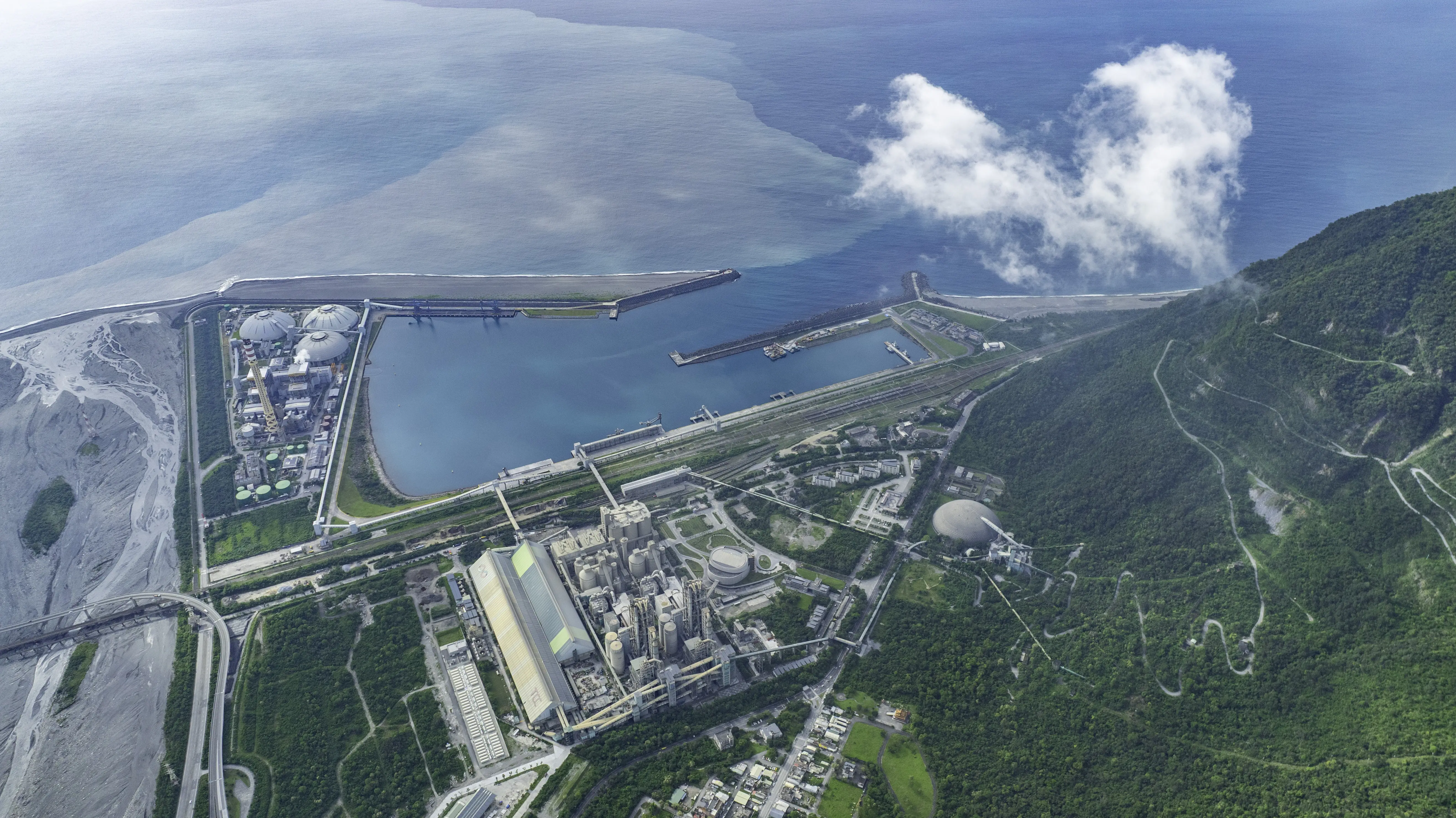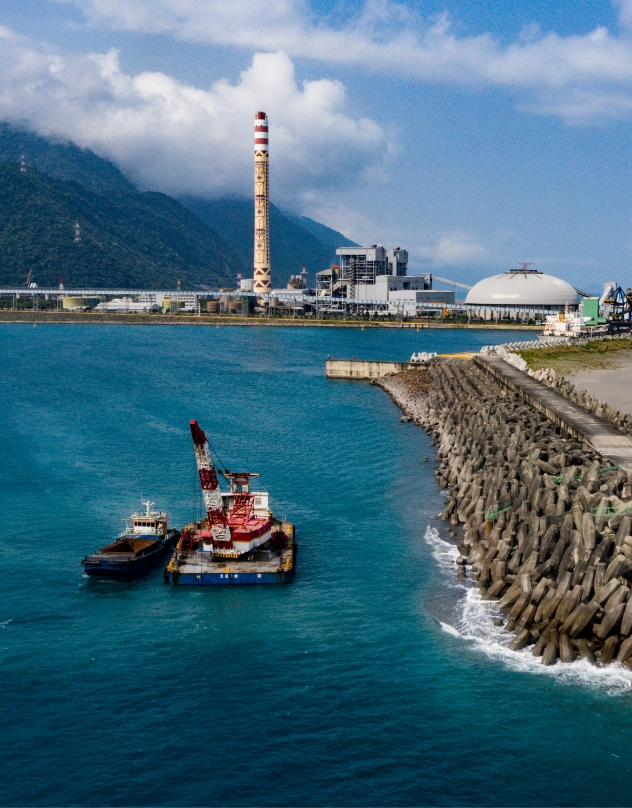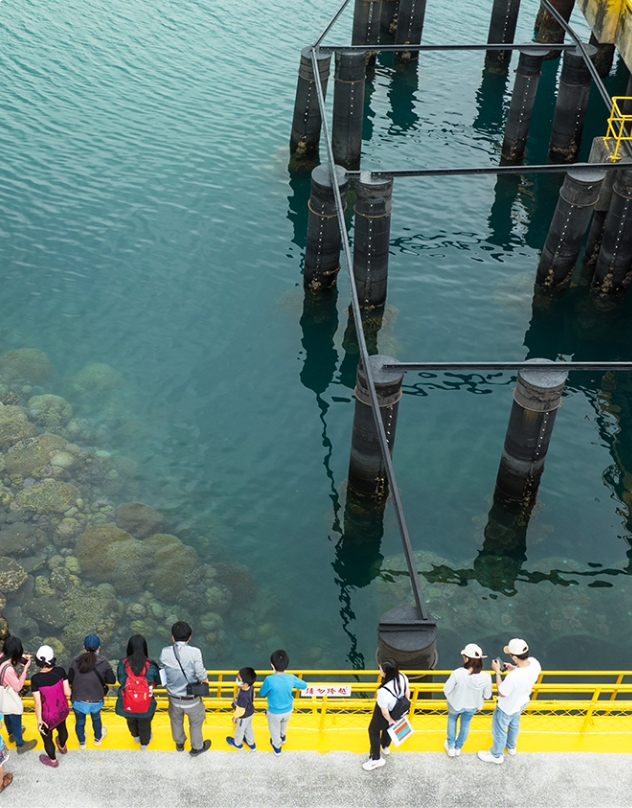Hoping Low-carbon Green Energy Park
Asia's First Cross-Industry Zero-Waste Circular Production Base
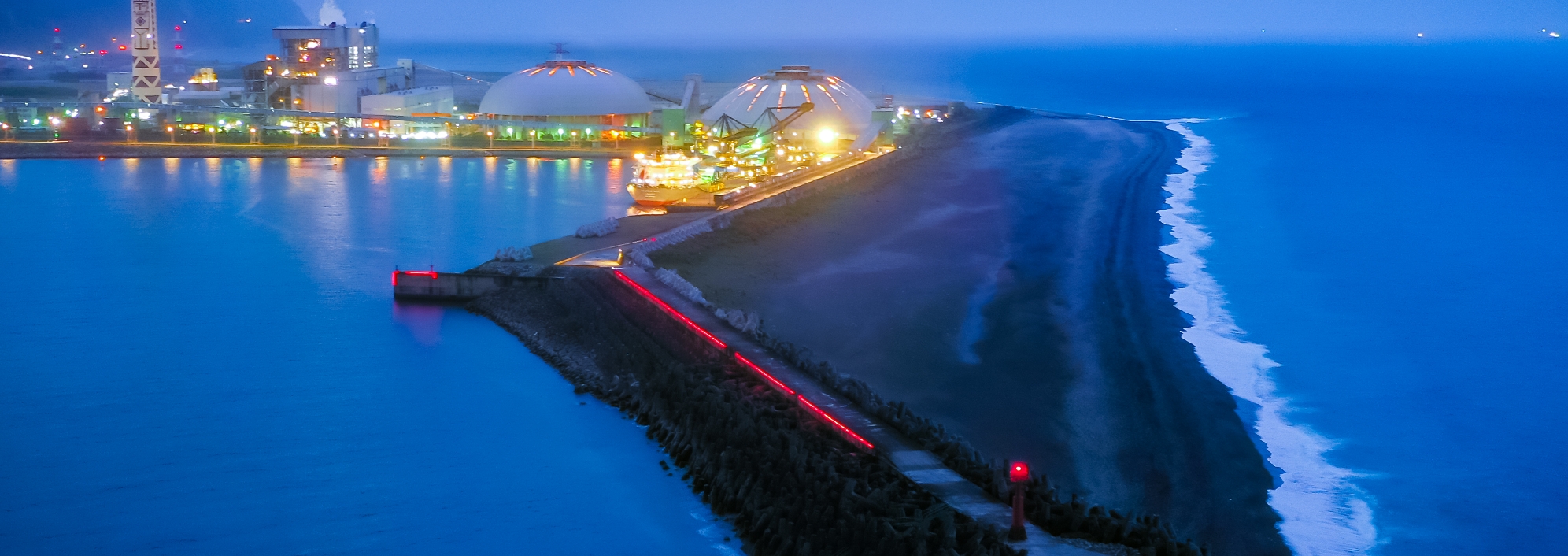
TCC is integrating three major industries—ports, power plants, and cement factories. Through cross-industry resource reuse models, they aim to achieve zero waste and low-carbon emission processes, addressing the dual challenges of global climate change and resource scarcity.
Core Structure of Circular Economy
The Hoping Cement Plant, Hoping Industrial Port, and Hoping Power Plant, all located in Hoping Industrial Park in Xiulin Township, Hualien, adopt a cross-industry resource circulation plan encompassing raw material extraction, manufacturing processes, energy, and product transportation.
Limestone, a cement raw material, is supplied to the Hoping Power Plant for environmental desulfurization, which reduces air pollutant emissions. 100% of the coal ash and desulfurization gypsum generated by the power plant are transported to the cement plant to be used as alternative raw materials for cement. The cement products are then transported via low-carbon sea freight to cement receiving stations in various western ports. This represents TCC's unique "three-in-one" production model, combining cement, energy, and resource circulation.
.png)
Hoping Power Plant:
The World's Only Environmentally Friendly Power Plant without Ash Pond
 | The coal for power generation is 100% stored and transported in a sealed manner, making it the world's only thermal power plant that uses coal but without an ash pond. |
 | The Hoping Power Plant uses limestone from the cement plant for environmental desulfurization annually, reducing sulfur emissions by over 95%. |
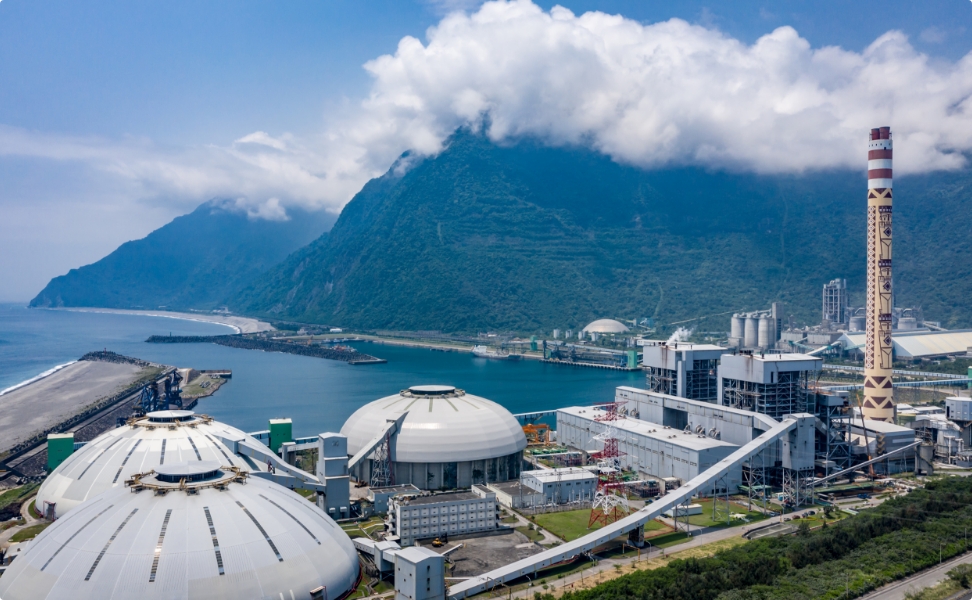
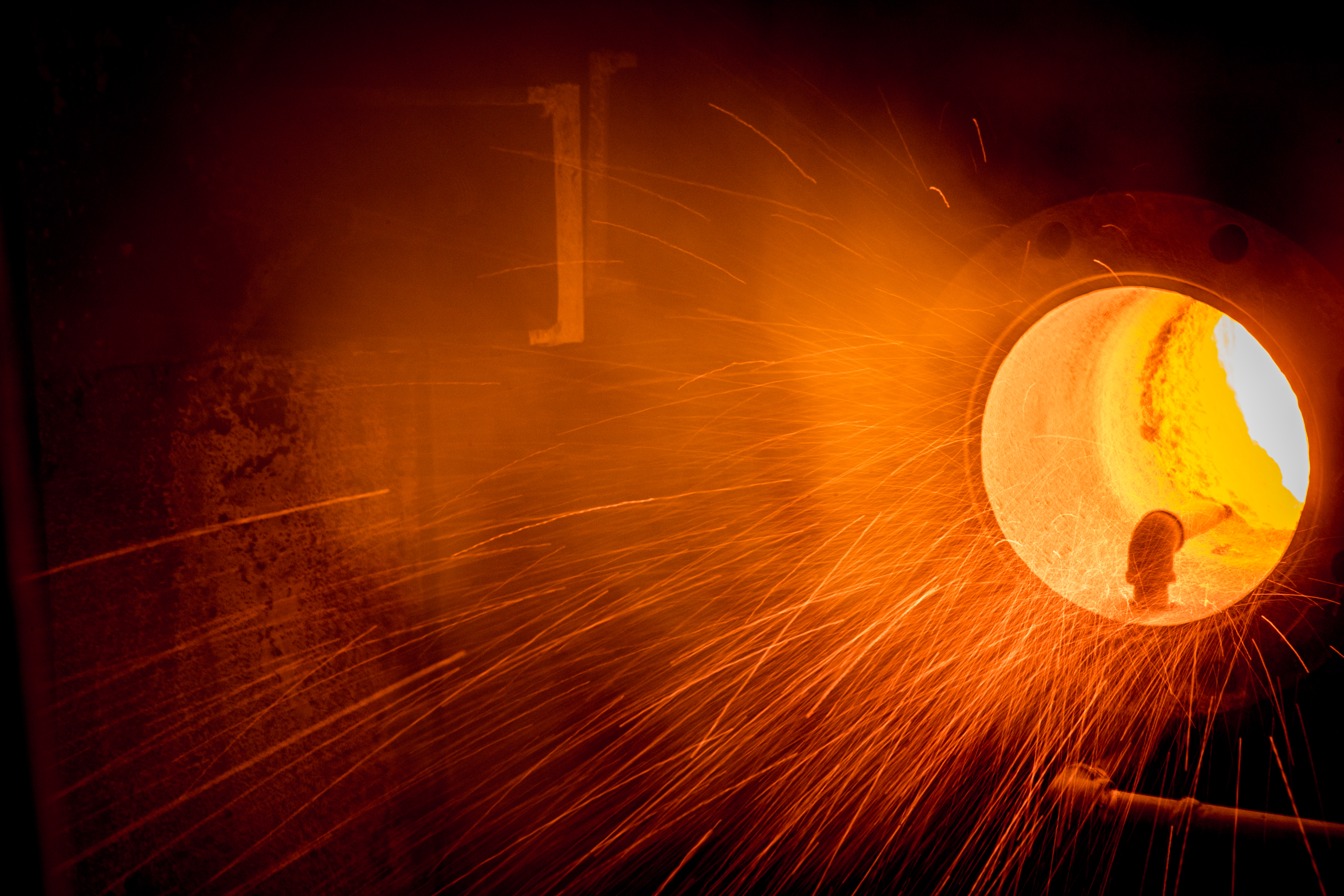
Hoping Cement Plant:
A Zero-Waste Circular Utilization Base
 | Alternative raw materials provided by the power plant directly reduce the use of natural minerals and coal in cement products. |
 | Raw materials, fuels, and waste are utilized in a complementary way, forming a closed loop. |
Hoping Industrial Port:
Industrial Eco-Port Certified by EU
 | Cement products transported by sea freight instead of land transport not only reduce air pollution but also cut carbon emissions by 20 times compared to land transport. |
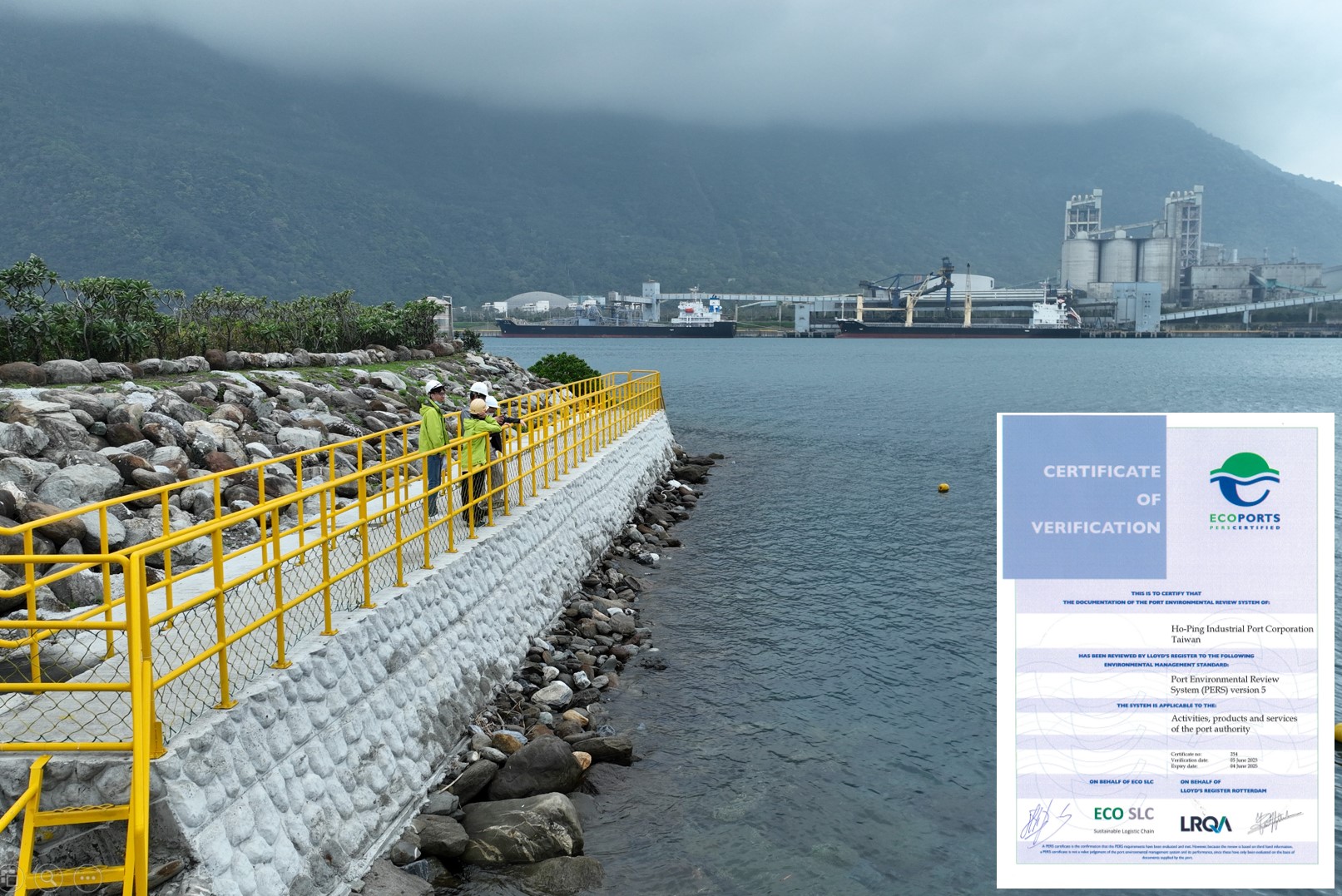
Hoping Industrial Port: Integrating Environmental and Economic Benefits Certified by EU
Certified as an EU EcoPort, recognizing efforts in ecological restoration and sustainable port operations.

Hoping Low-carbon Green Energy Park
Mutual Benefits for Environmental and Economic: Carbon Reduction Results and Benefits
Zero-waste, low-carbon production reduces carbon emissions by an average of
33,000tonnes annually



